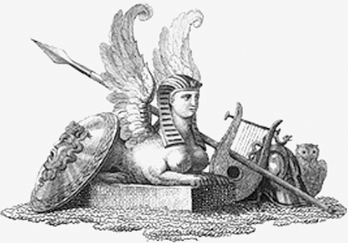
The History of Art and Rejected Knowledge:
from the Hermetic Tradition to the 21st Century
The Second International Sarabianov Congress of Art Historians
Art combines ars and ingenium, craftsmanship and creativity, logic and intuition. Hence its fundamental proximity to those means for comprehending reality that the modern concept of scientific knowledge has termed parascience and relegated to the periphery — to alchemy, astrology, theories of temperaments, physiognomy, etc. The nineteenth century added to these a number of esoteric practices that aimed to unite irrational and scientific ways of interpreting the world — theosophy, and so on.
By dedicating the Second International Congress In Memoriam Dmitry Sarabyanov to studies that have fallen outside the visual field of contemporary art history, we would like to highlight problems in the study of art itself.
Can present-day scholars not only supplement historical research with fascinating details, but also improve and develop their methodological instruments by studying the interaction of art, magic, alchemy, astrology and other forms of unconventional knowledge? Is it possible to regenerate the methodology of art studies by addressing these areas of knowledge? Can the idea of renovatio, which forms the basis of esoteric sciences, facilitate the renovation of contemporary knowledge about art? Is it feasible to use the methodological characteristics of what has been regarded as parascience yet clearly influenced art, and thereby attain a new and improved understanding of art?
A special day during the Congress was dedicated to the 150th anniversary since the birth of Aby Warburg, who headed an entire school of learning directly concerned with these problems.


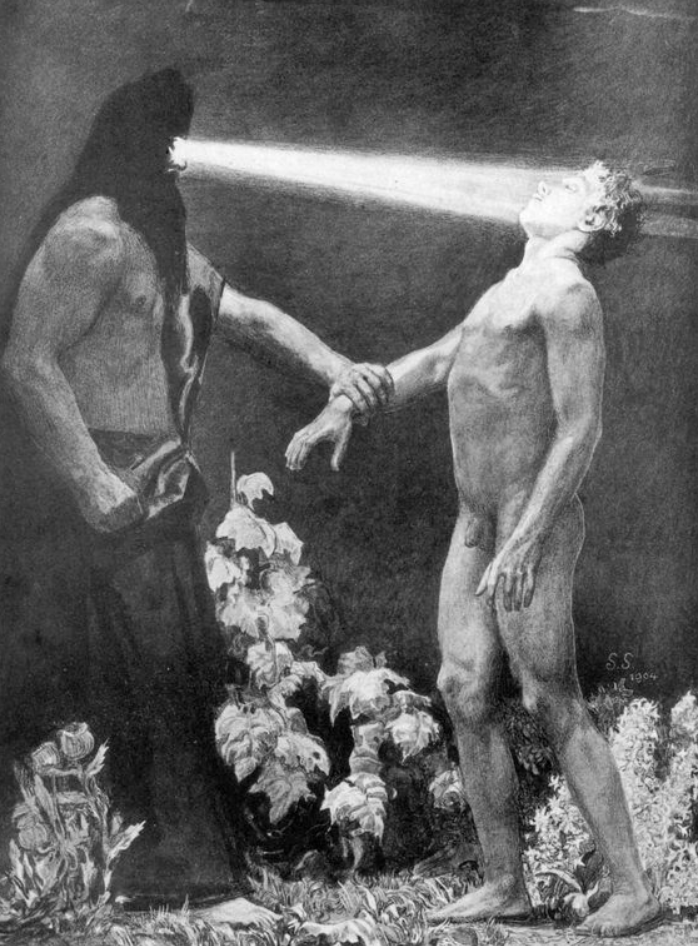

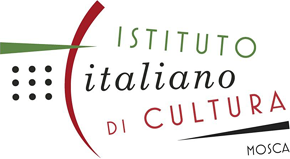
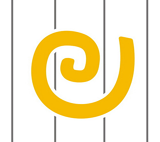
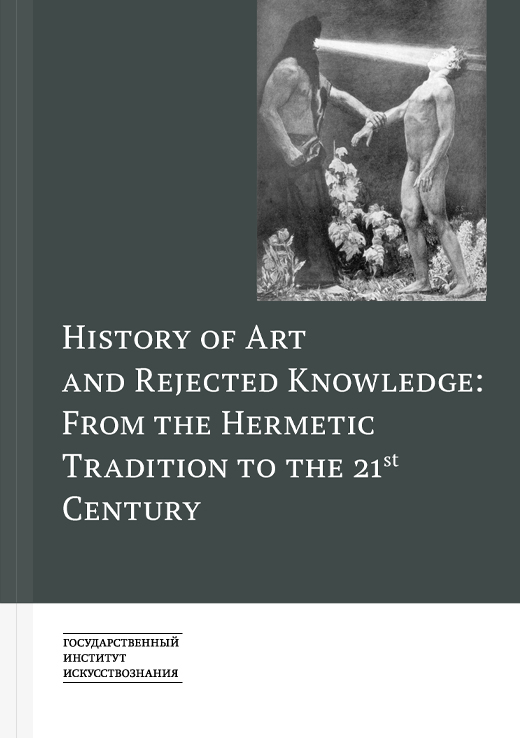
 Download PDF
Download PDF